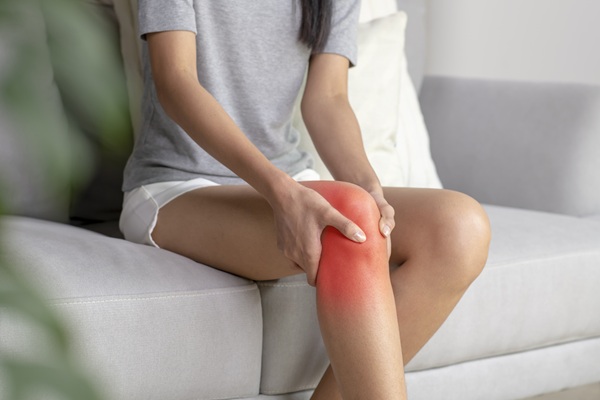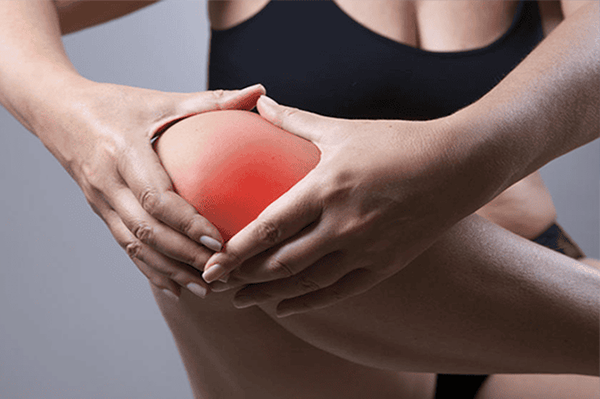Fascia Graston myofascial release is a highly regarded physical therapy technique among experts today. This method applies deep pressure to muscle tissues, relieving muscle tension, improving blood circulation, and reducing pain. Join the Vung Tau Recovery Center to explore this innovative approach!
1. Understanding Fascia
Fascia is the white fibrous tissue visible when pulling apart chicken skin or separating a piece of meat, responsible for the elasticity of muscles. Fascia surrounds and interacts with muscles, bones, nerves, blood vessels, and organs, extending to the cellular level. The fascial system significantly impacts the musculoskeletal, neurological, and metabolic functions of the body. Various types of fascia exist, such as visceral fascia, myofascial tissue, and tendon sheaths, all categorized as fascia, with myofascial tissue being the most prone to pain.

Structure of Fascia
Fascia is a complex structure comprising three components:
- Ground Substance/Matrix: A gelatinous medium facilitating the transport of bodily substances.
- Collagen Fibers: Extremely durable fibers that provide structural support.
- Elastin Fibers: Elastic components responsible for the flexibility of the fascial complex.
Functions of Fascia
Fascia plays a critical role in stabilization, support, and cushioning of bodily organs. Its specific functions include:
- Stretching or contracting in response to movement and physical stimuli.
- Containing numerous sensory receptors on its surface, related to movement, pressure, stress, or pain.
- Enhancing muscle elasticity, enveloping muscles, and forming a supportive cushion to facilitate smoother bodily movements.
- Contracting independently of the muscles it surrounds.
- Separating blood vessels, muscles, bones, and organs, creating pathways for nerves, blood vessels, and bodily fluids to pass through easily.
2. Pain Caused by Fascial Damage
In a healthy state, collagen fibers encase elastic fibers in a wavy configuration. Trauma, repetitive movements, inflammation, or poor posture can cause fascia to harden and shorten, forming dense, restricted areas known as fascial restrictions. These restrictions can impair any physiological system in the body, leading to pain and dysfunction.

Fascia throughout the body is interconnected like a spider web. When one fascial area becomes tight and rigid, it exerts pressure on the entire network, affecting other body parts. This explains why some individuals experience pain unrelated to their initial injury. Moreover, myofascial pain restrictions often do not appear on standard diagnostic tests such as X-rays, MRIs, or CT scans.
3. What is Fascia Graston Myofascial Release?
Fascia Graston myofascial release is a widely recognized soft tissue manipulation technique globally. Prolonged poor posture, common among athletes and sports enthusiasts, often leads to abnormal soft tissue conditions (soft tissues include muscles, nerves, blood vessels, and connective tissues such as tendons, ligaments, fascia, skin, fibrous tissues, fat, and synovial membranes).
The Graston Technique, also known as Instrument-Assisted Soft Tissue Mobilization (IASTM), is a physical therapy and rehabilitation method used for musculoskeletal issues. It is effective in treating and alleviating pain in all types of soft tissue conditions (chronic, acute, or post-surgical).

When the musculoskeletal system encounters issues—common in individuals who frequently engage in physical training, heavy labor, or excessive movement—muscles and fascia may become tight, causing pain and restricting movement in the affected area. This muscle adhesion impacts mobility, daily activities, and work performance.
Overuse injuries to muscles and joints can be highly bothersome and painful. While minor injuries may heal on their own, the Graston Technique is particularly beneficial in such cases.
The Graston Technique is a form of deep, intense massage. This patented manual therapy uses stainless steel instruments to address muscle adhesions by stretching and releasing them through specialized tools and physical therapy techniques. It also targets scar tissue and trigger points (knots).
The myofascial release instruments break down muscle knots by inducing localized inflammation at the painful site, stimulating the body’s natural healing process. Myofascial release eliminates scar tissue, releases adhesions, and enhances blood flow to deliver nutrients to the affected area. This restores muscle flexibility, increases range of motion, and improves overall function. The edges of the myofascial release tools stretch and release fascial tissues effectively.
Myofascial release physical therapy is a long-term treatment combining physical therapy with targeted exercises. Patients must remain consistent and follow the prescribed treatment schedule. Andora Physical Therapy Clinic is a leading rehabilitation and physical therapy center in Vung Tau. Our physical therapy methods are tailored flexibly to suit each patient’s pain condition and unique physiology.
Free consultation and condition assessment at Andora Orthopedic Clinic:
- Address: 123 Truong Cong Dinh, Vung Tau Ward, HCM City
- WhatsApp/Viber: (+84)87724 7272
- Facebook | X (Twitter) | Tiktok
Learn more about Musculoskeletal Disorders and Nutrition plans to effectively care for and restore musculoskeletal health.









